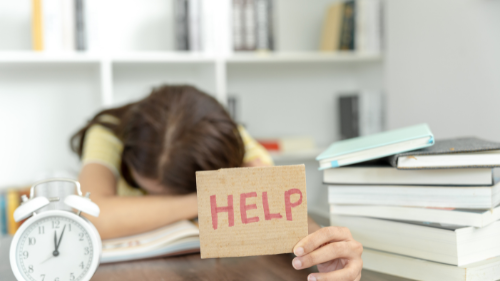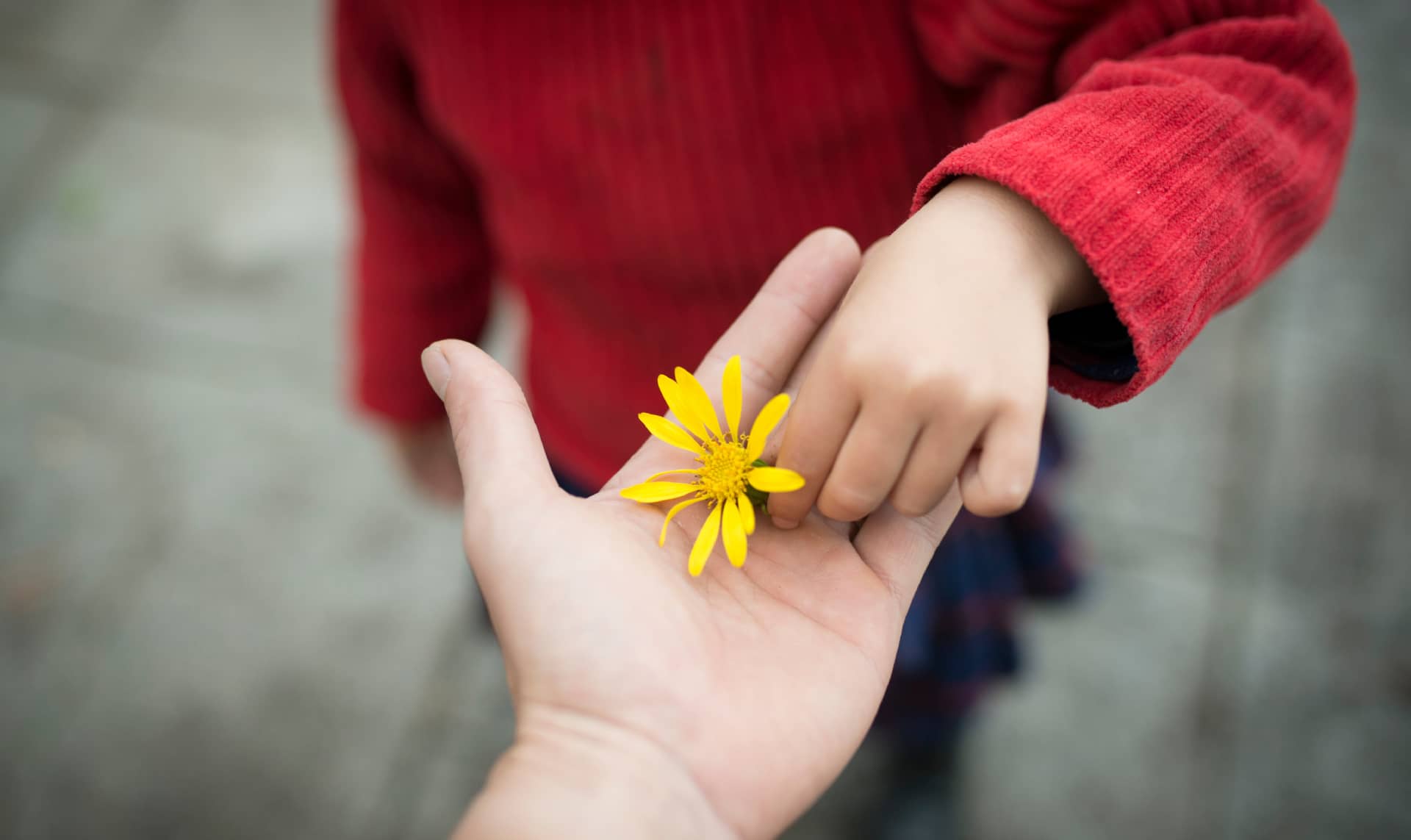Childhood Anxiety Isn’t a Whim—It’s a Warning Sign
When a child says their stomach hurts before school, cries when separating
from their parents, or seems restless for no clear reason, they’re often told
they’re exaggerating. That “it’s not a big deal,” that they “have to be brave,”
or that “it will pass.” But what many adults don’t realize is that these
symptoms may be signs of childhood anxiety.
And anxiety in children doesn’t look the same as in adults.
It hides in physical symptoms, irritability, withdrawal. It’s not a whim.
It’s an alarm.
What does anxiety look like in a child?
Unlike adults, children often don’t know how to name what they’re feeling.
That’s why anxiety shows up in unexpected ways: recurring aches with no medical
cause, nightmares, excessive fear of separation, refusal to go to school,
unexplained crying, trouble sleeping or eating.
The problem isn’t just the anxiety itself—but how often it’s ignored or
misinterpreted as shyness, laziness, or manipulation. This only increases the
child’s frustration, leaving them feeling misunderstood and without tools to
calm themselves.
Childhood anxiety doesn’t go away on its own.
It needs to be seen, understood, and supported.
Contain, don’t correct
When a child shows signs of anxiety, what they need most is emotional
safety. They need adults who help them name their feelings, who don’t minimize
them, who teach them how to breathe, to calm down, to feel they’re not alone.
Containment doesn’t mean overprotection—it means teaching them to manage
their inner world with kindness and real tools.
Early intervention makes a difference. In therapy, children learn to
recognize their emotions, express their needs, and parents gain the tools to
support them without guilt or overwhelm.
If your child is showing signs that worry you, listen. Anxiety is the body
and mind’s way of asking for help.
You’re not alone—we’re here to help you understand and support your child so
they can grow with emotional security and well-being.



